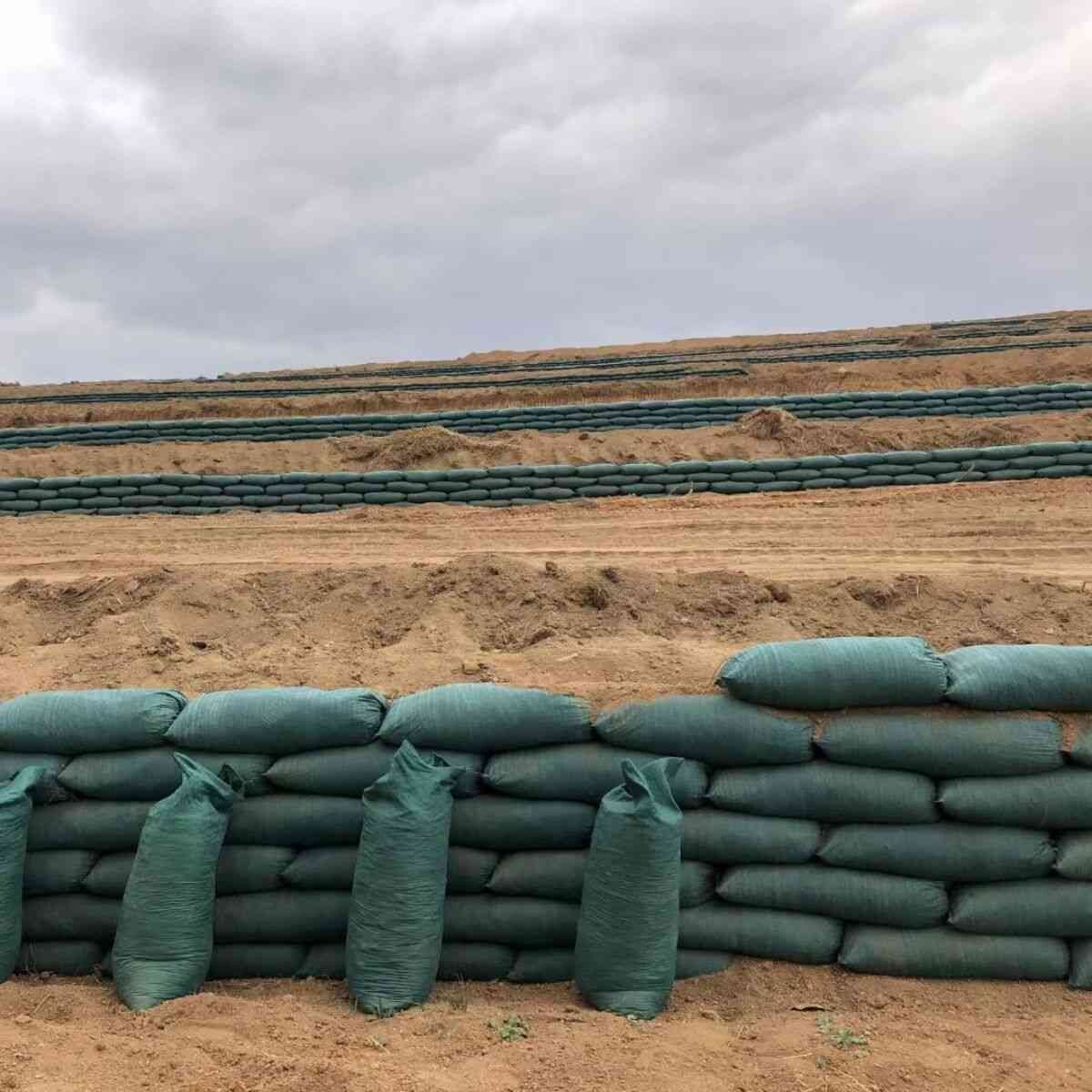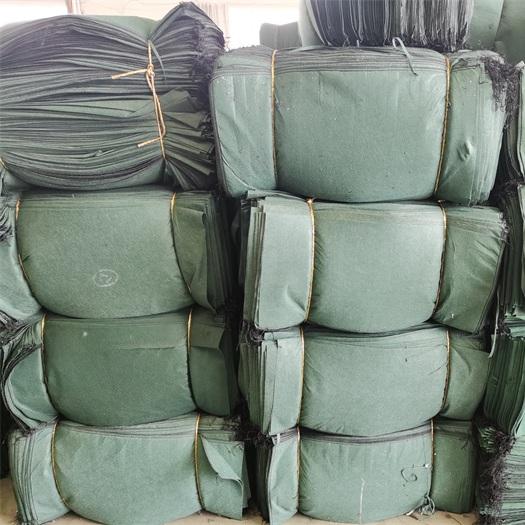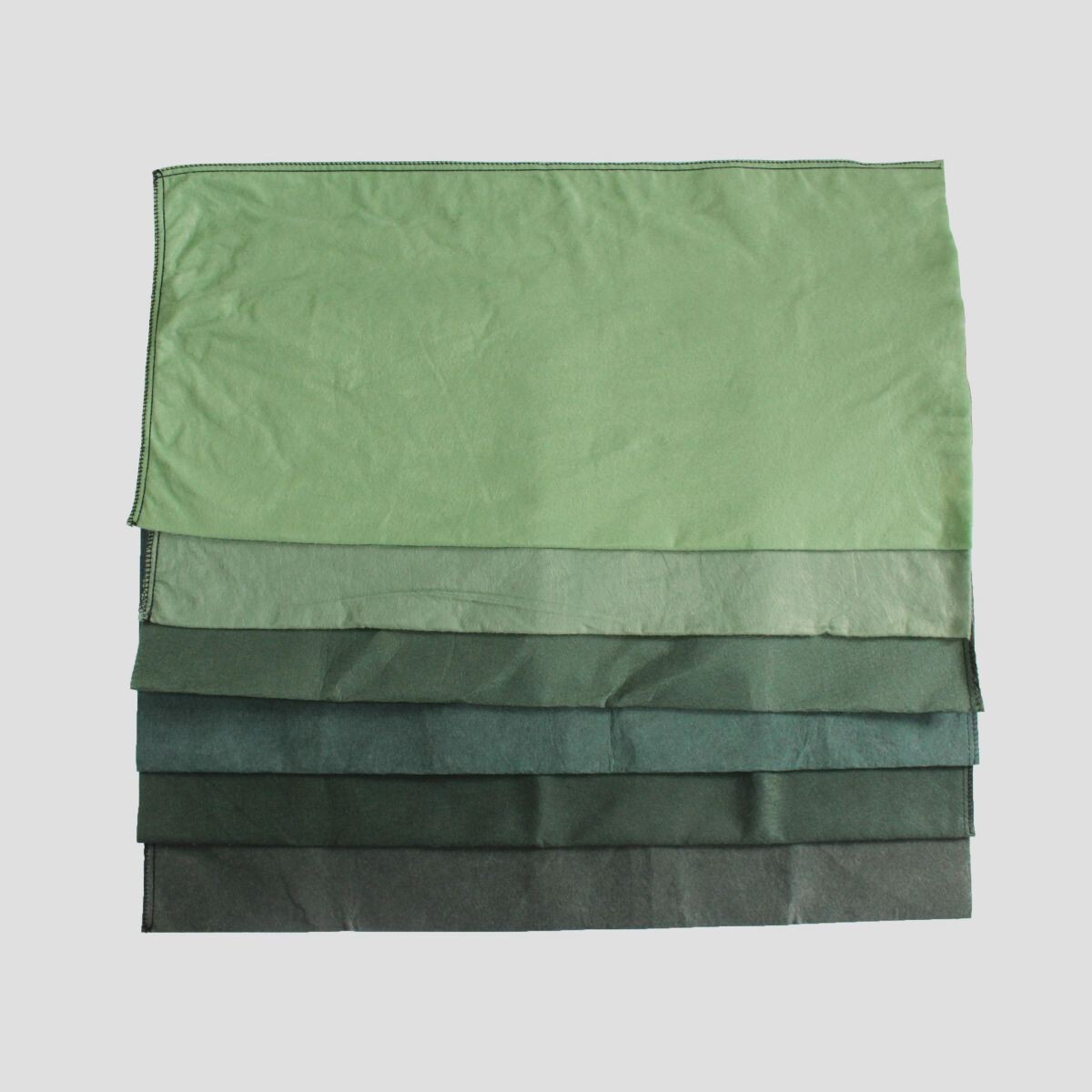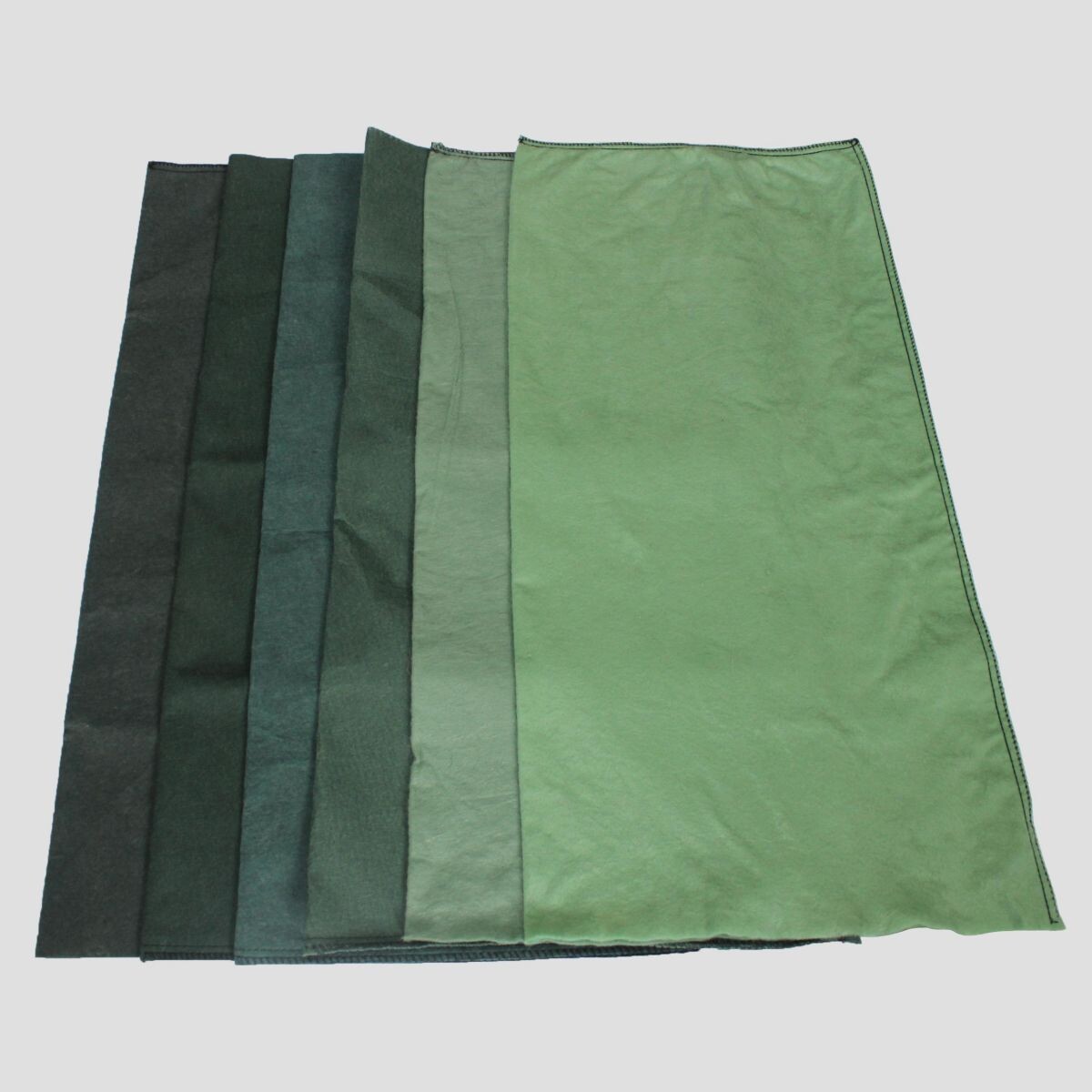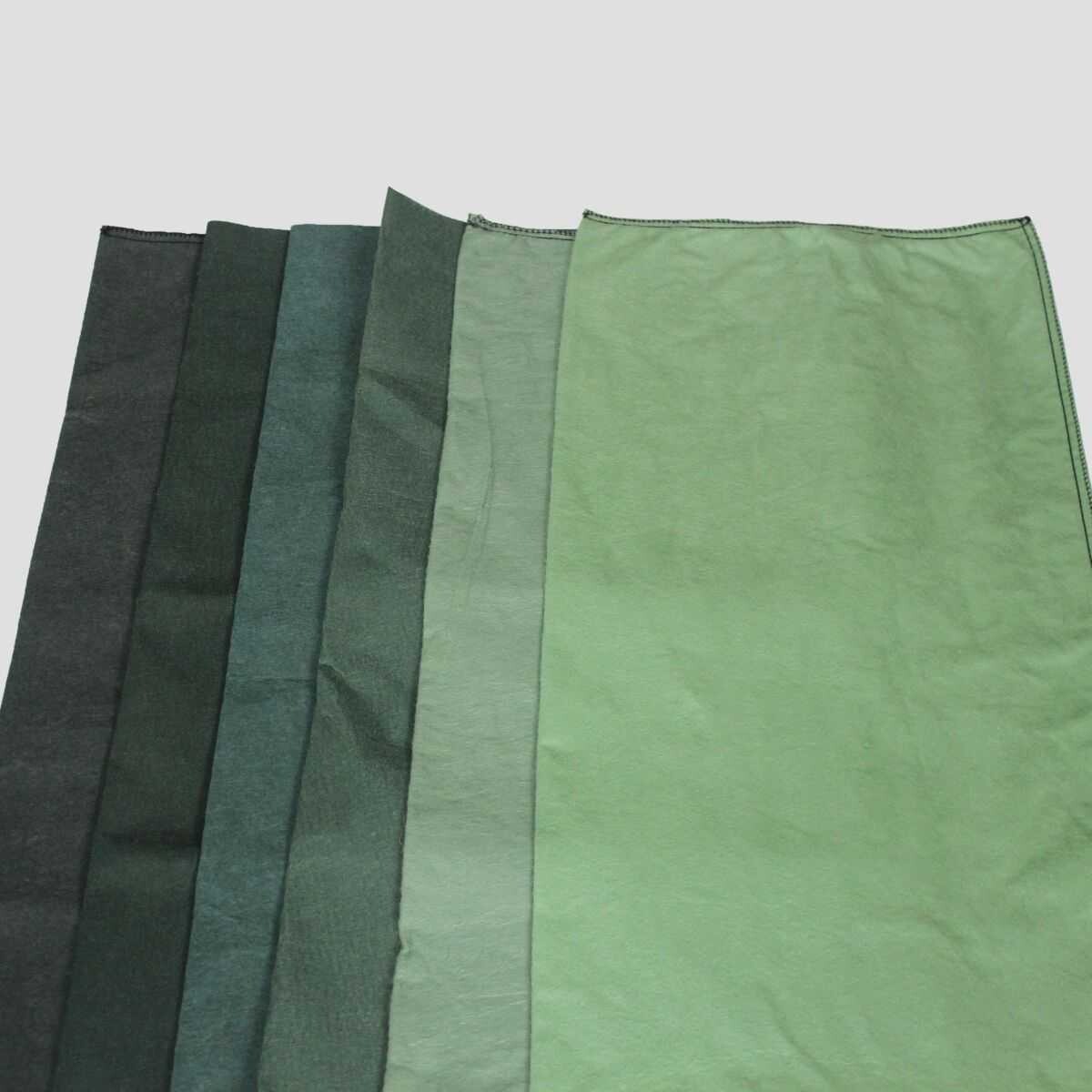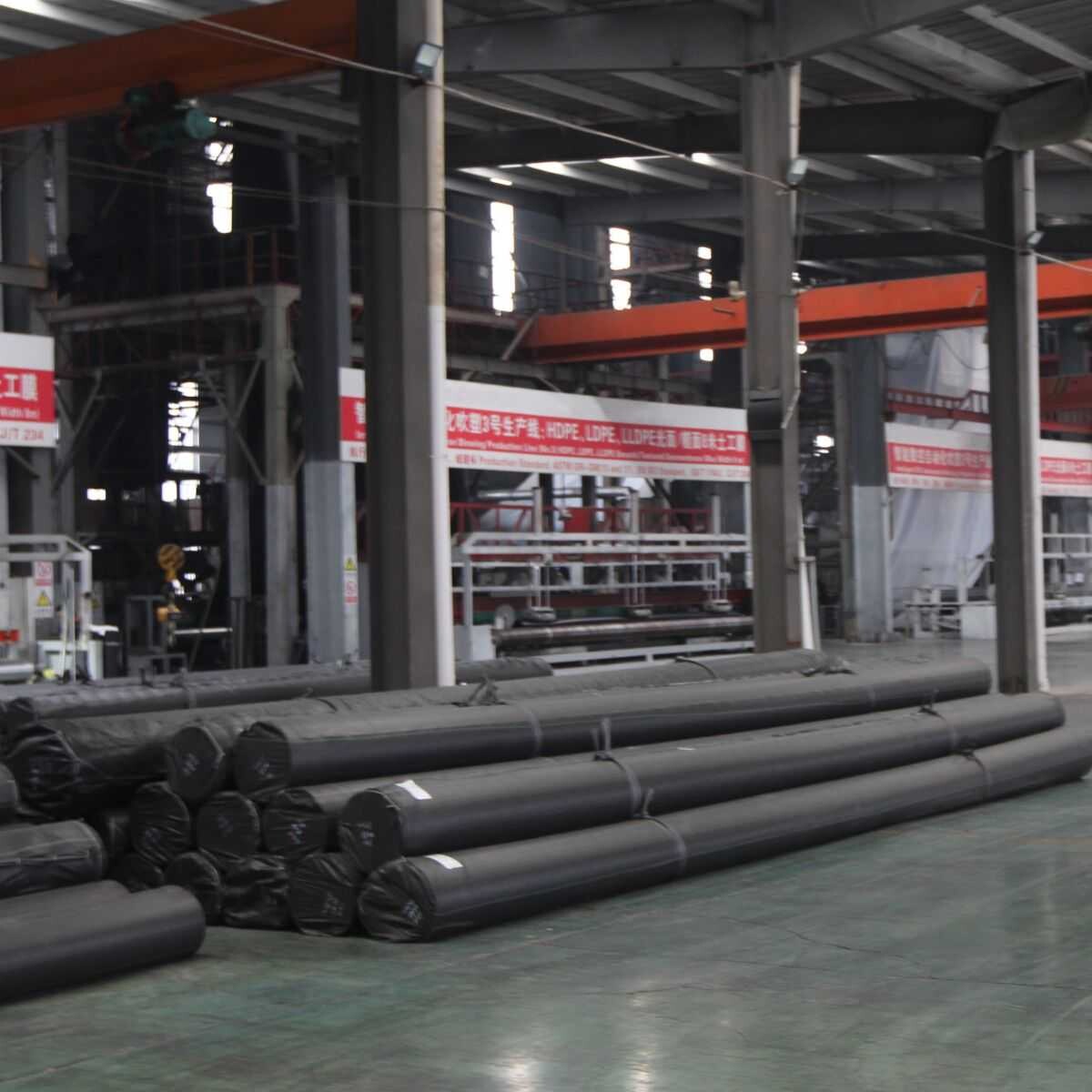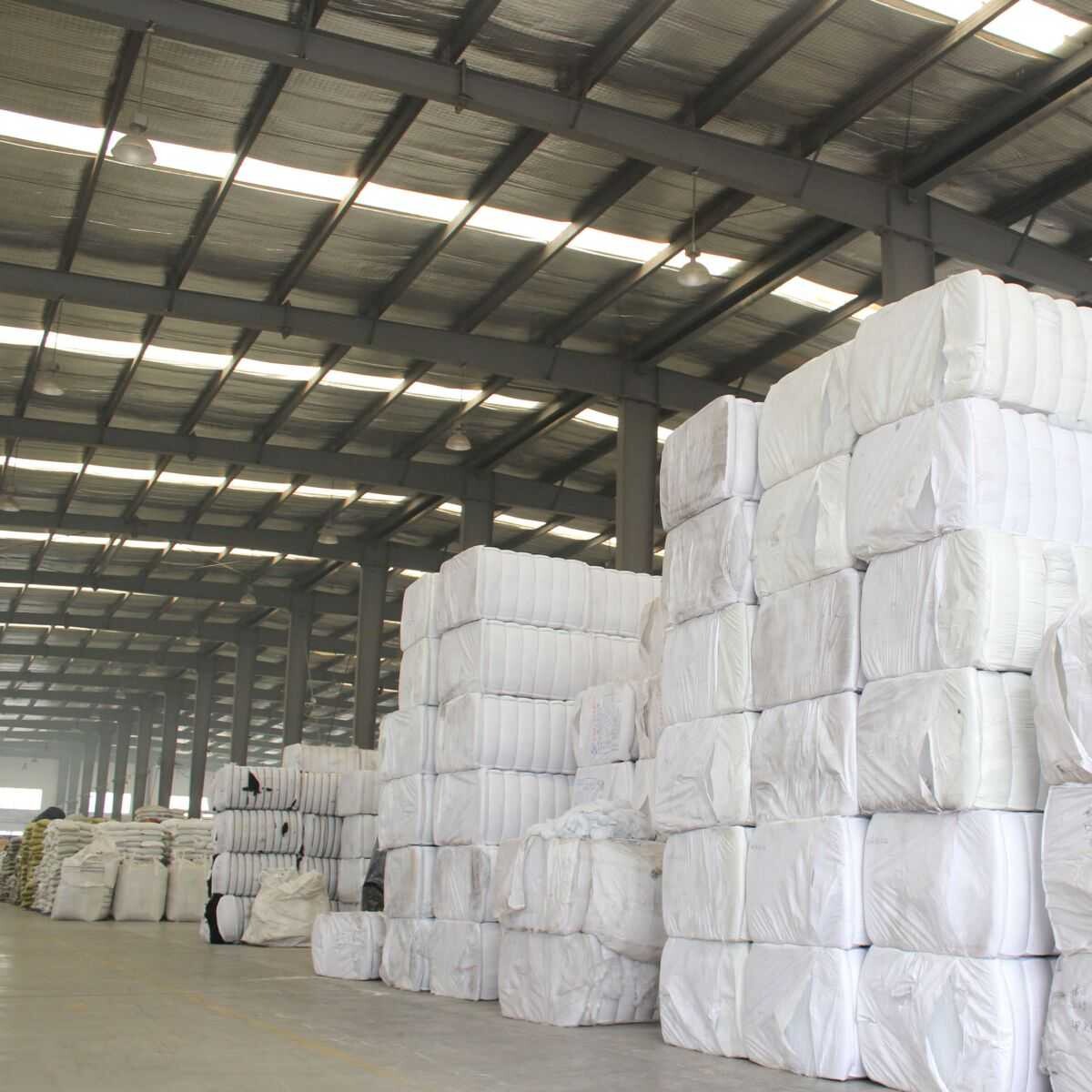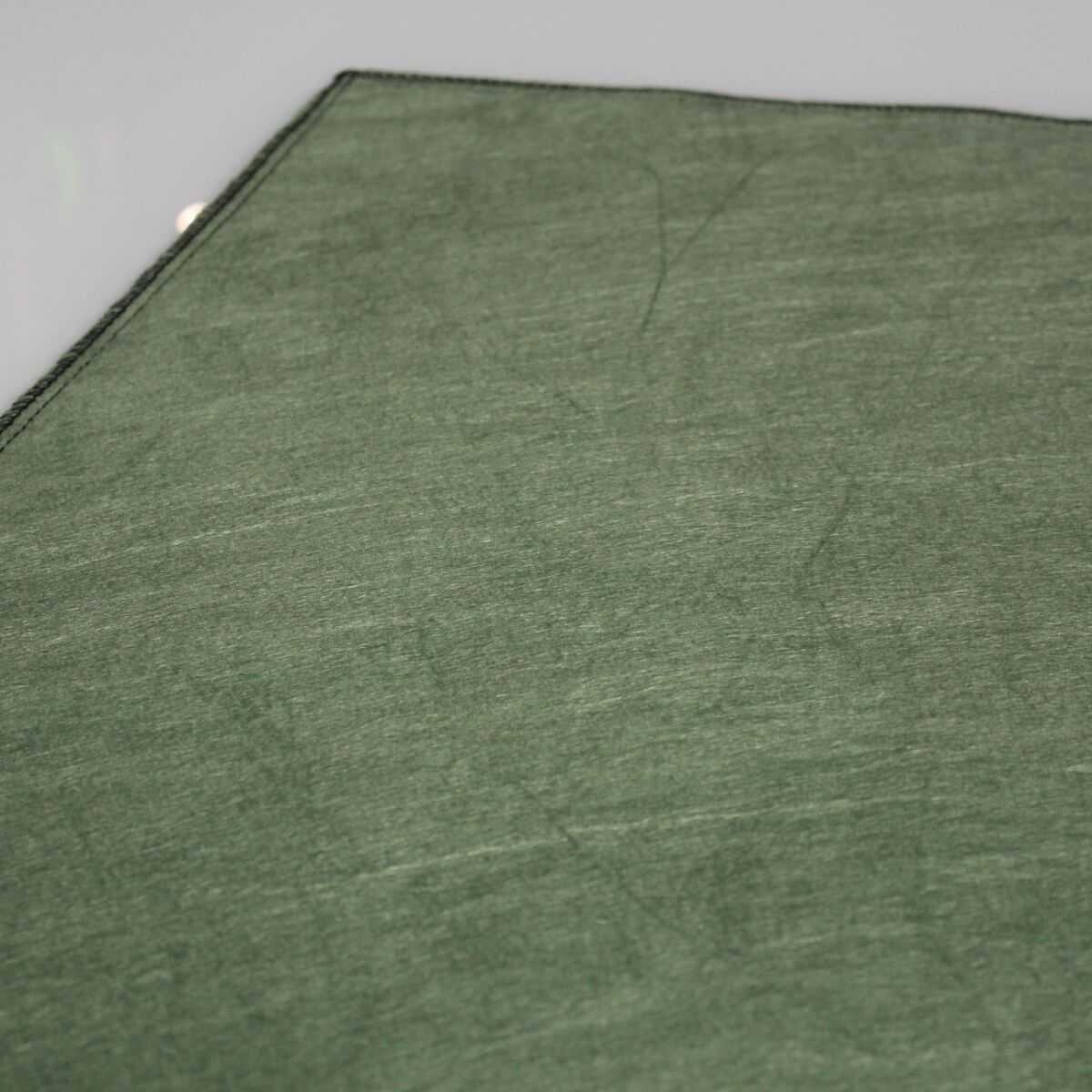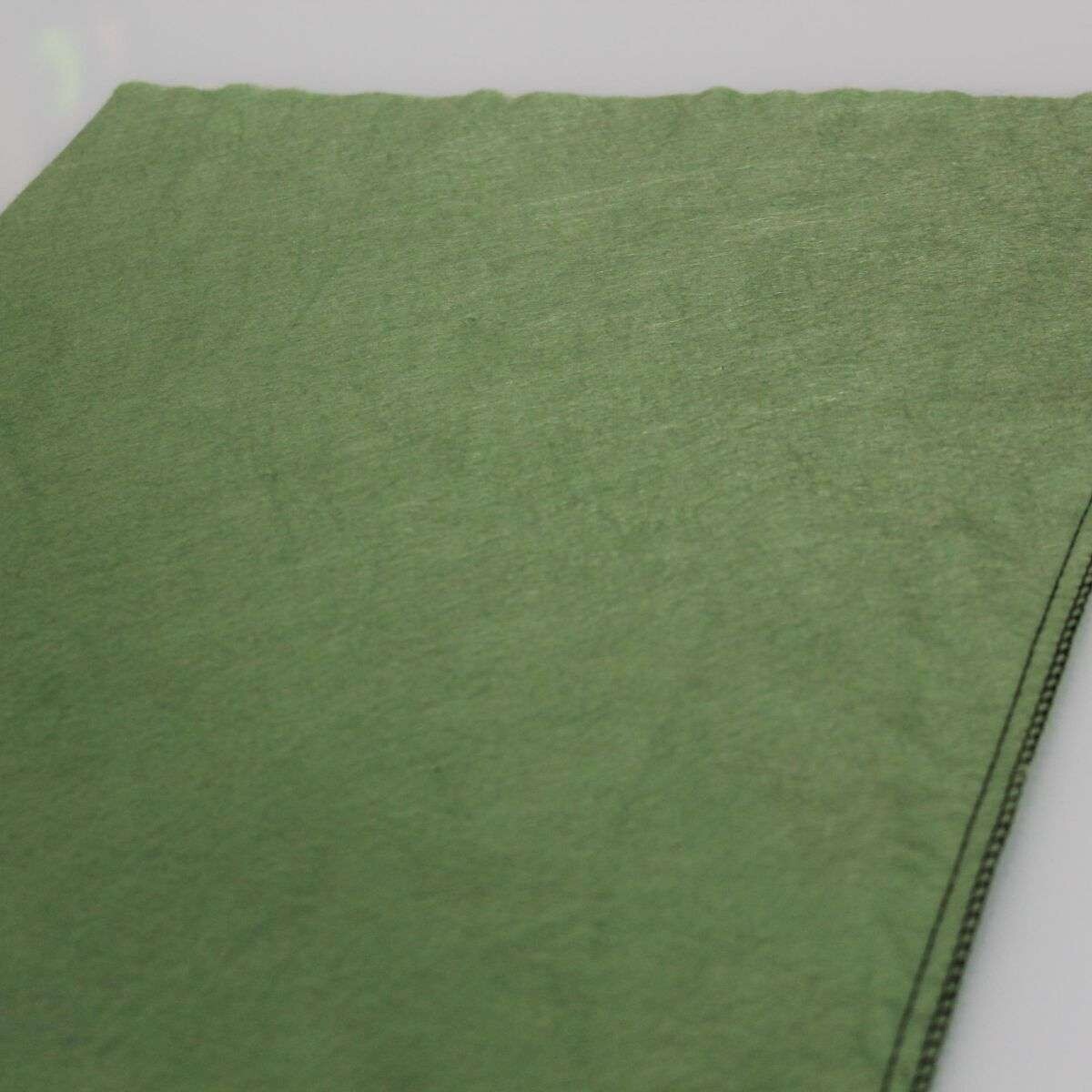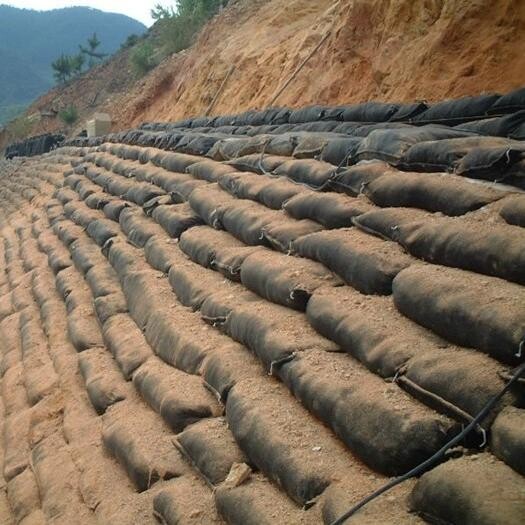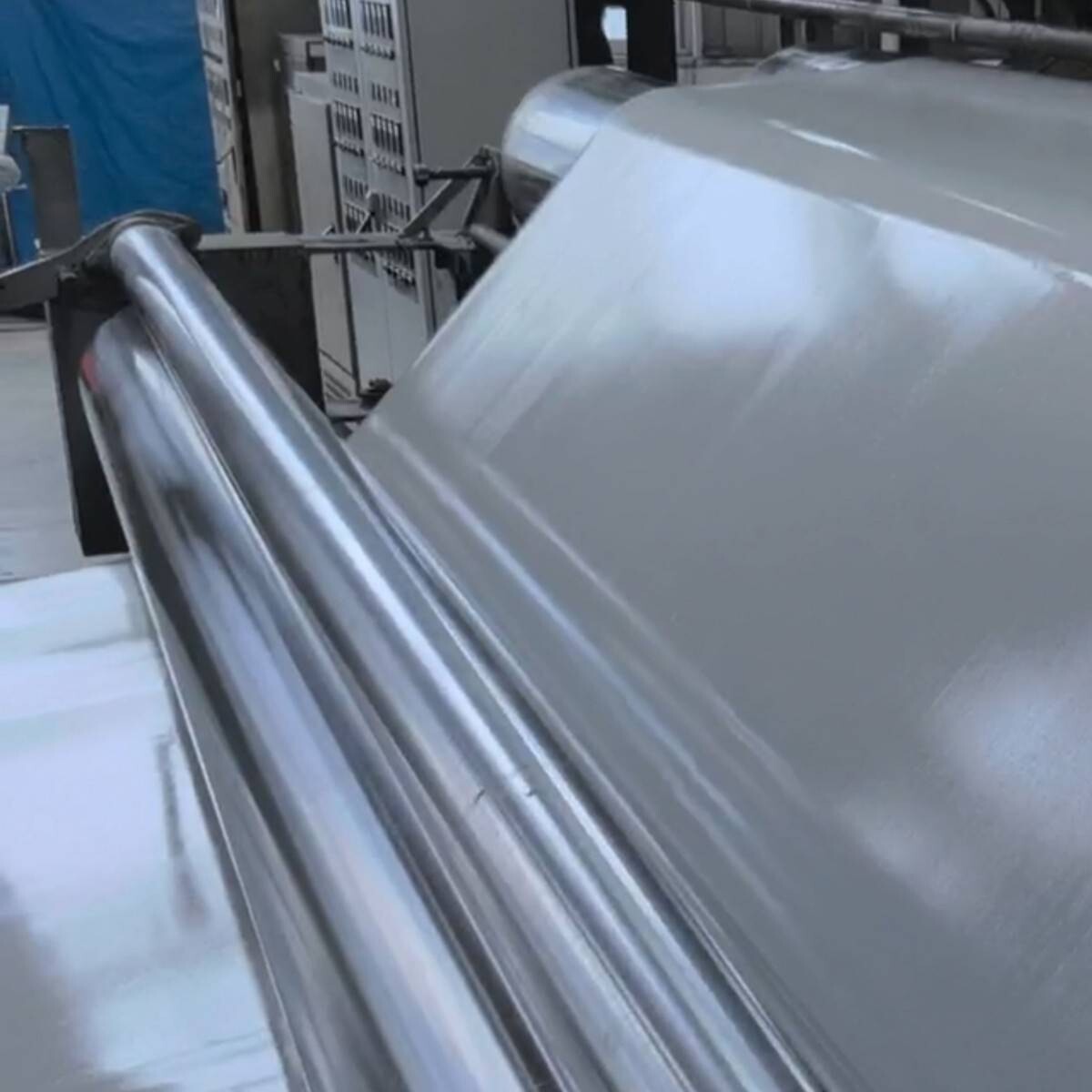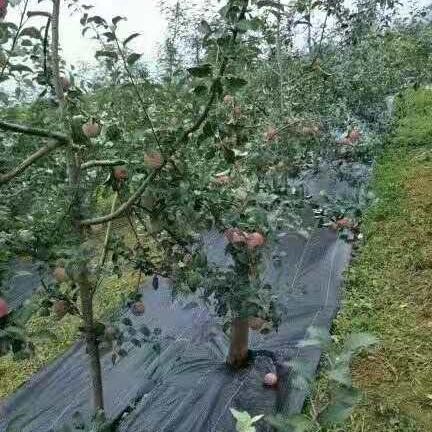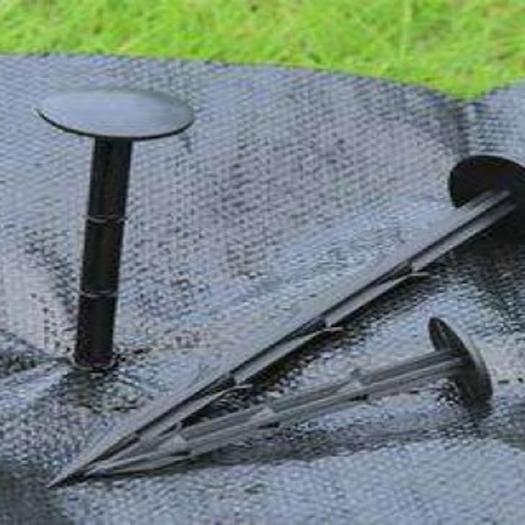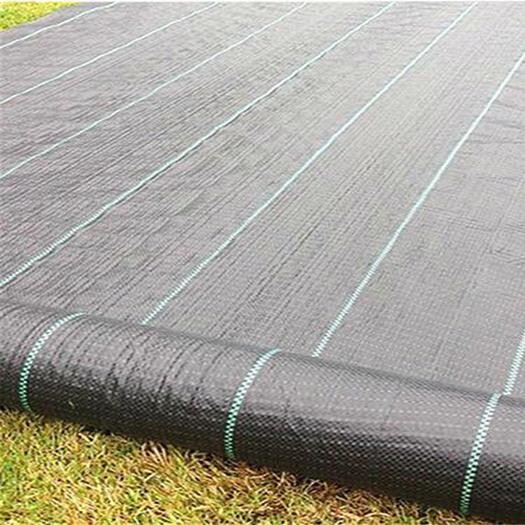1. Product Overview
Long-filament ecological bag is a high-performance geosynthetic material made from nonwoven, long-filament geotextile fabric. It is designed for eco-friendly applications such as slope stabilization, erosion control, and vegetation growth. The bag is filled with soil, seeds, or organic matter and installed on slopes, riverbanks, or embankments to integrate structural stability with natural greening. It is ideal for sustainable landscaping and environmental restoration projects.
2. Product Features
- Eco-Friendly Material: Supports vegetation growth and integrates with the environment over time.
- High Strength and Durability: Made from UV-resistant, weatherproof long-filament fabric for long-term use.
- Erosion Control: Prevents soil displacement and stabilizes slopes in harsh environments.
- Vegetation Support: Promotes grass and plant growth for natural slope protection.
- Lightweight and Flexible: Easy to handle and install in various terrains.
3. Product Specifications
- Material: Long-filament nonwoven geotextile (polyester or polypropylene)
- Fabric Weight: 100gsm to 600gsm (customizable)
- Size Options: 0.4m x 0.8m, 0.5m x 1.0m, or custom dimensions
- Color: Black, green, or customizable
- Lifespan: 3-5 years, with biodegradable options available
- Compliance: Meets ISO and ASTM standards for ecological and geotechnical applications
4. Application Areas
- Slope Protection: Prevents soil erosion and enhances slope stability in highways, railways, and embankments.
- Riverbank Stabilization: Reinforces riverbanks and protects them from erosion and water damage.
- Landscaping and Green Infrastructure: Provides a natural greening solution for parks, gardens, and public spaces.
- Flood and Coastal Protection: Stabilizes soil and vegetation in flood-prone and coastal areas.
- Mine and Quarry Rehabilitation: Restores vegetation and stabilizes soil in degraded areas.
5. Installation Guidelines
- Surface Preparation: Clean and level the area to ensure proper contact with the ecological bag.
- Filling: Fill the bag with soil, seeds, or organic matter depending on the project requirements.
- Placement: Position the filled bags in layers or rows along the slope, ensuring overlap for stability.
- Anchoring: Secure the bags with stakes or pins, especially in steep or high-flow areas.
- Irrigation and Maintenance: Water the bags to promote vegetation growth and inspect periodically for wear or damage.
FAQ
- What can you buy from HONGYUE?
Geogrid, Geomembrane, Geocell, Geotextile and other geosynthetic materials.
- What you can expect from HONGYUE?
Competent and knowledgeable technical engineers .
Customized service according to engineering requirements .
Complete solutions for product design, delivery and installation in construction projects .
Offer various complementary product portfolio and contract project.
- How can HONGYUE guarantee quality?Always a pre-production sample before mass production;
Always final Inspection before shipment - What is your sample policy?
We can provide the sample free, you just pay for the transportation freight then you can get 3-5 days.
- What is the services can HONGYUE provide?Accepted Delivery Terms: FOB,CFR,CIF,EXW,DDP,Express Delivery,and so on ;
Accepted Payment Currency:USD,CNY;Euro;and so on ;
Accepted Payment Type: T/T,L/C,MoneyGram,Credit Card,PayPal,Western Union,Cash - Are you manufacturer or trading company ?
We are a professional manufacturer
- How about your delivery time?The specific delivery time depends on the items and the quantity of your order.
Inquiry about this product
Related Recommendations
If there is no accurate search result, please contact us and we will respond within 24 hours.




